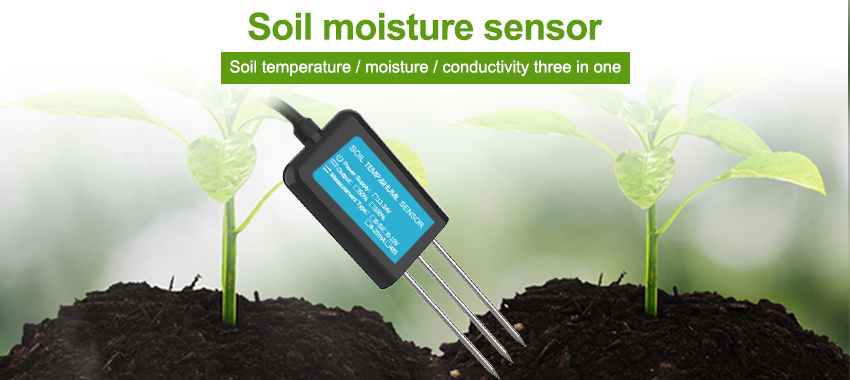What is a Soil Moisture Sensor Module?
Soil moisture sensor module are electronic devices that aid in measuring the moisture level in the soil. They give an accurate reading of how much water is needed or when watering is excessive. This article focuses on Soil Moisture Sensor Module, its working principle, types, installation, calibration, and maintenance

A soil moisture sensor module is an electrical device designed to measure the volumetric water content of the soil. It uses various techniques, including capacitance, resistance, and tensiometry, among others, to detect active water levels in the soil.
Working Principle:

Soil moisture sensor module operate by sending an electric pulse through probes inserted into the soil. The water in the soil affects the electrical conductivity between the probes. Depending on the level of moisture present in the soil, the resistance will change accordingly, and the device will measure the voltage changes across the probes. This voltage change is then converted to a numerical value, usually displayed on an LCD screen or transmitted via wireless communication to a receiver.
Types of Soil Moisture Sensor Module:
There are several types of soil moisture sensors available, ranging from simple to complex. The most common types include:
Capacitance-based Soil Moisture Sensor:
These sensors use the principle of capacitance to measure soil moisture. The device measures the dielectric constant (water content) in the soil, which is directly related to soil moisture levels.
Tensiometry-based Soil Moisture Sensor:
These sensors measure soil moisture based on the pressure exerted on a porous material or ceramic cup semi-permeable to water. As the soil moisture level decreases, the pressure exerted on the material changes, thus influencing the conductivity of the device.
Time-domain Reflectometry (TDR) Soil Moisture Sensor:
These sensors use electromagnetic waves to measure the moisture level in the soil. The device emits a high-frequency pulse through electrodes that are inserted into the soil and measures the time it takes for the pulse to travel through the soil and back again.